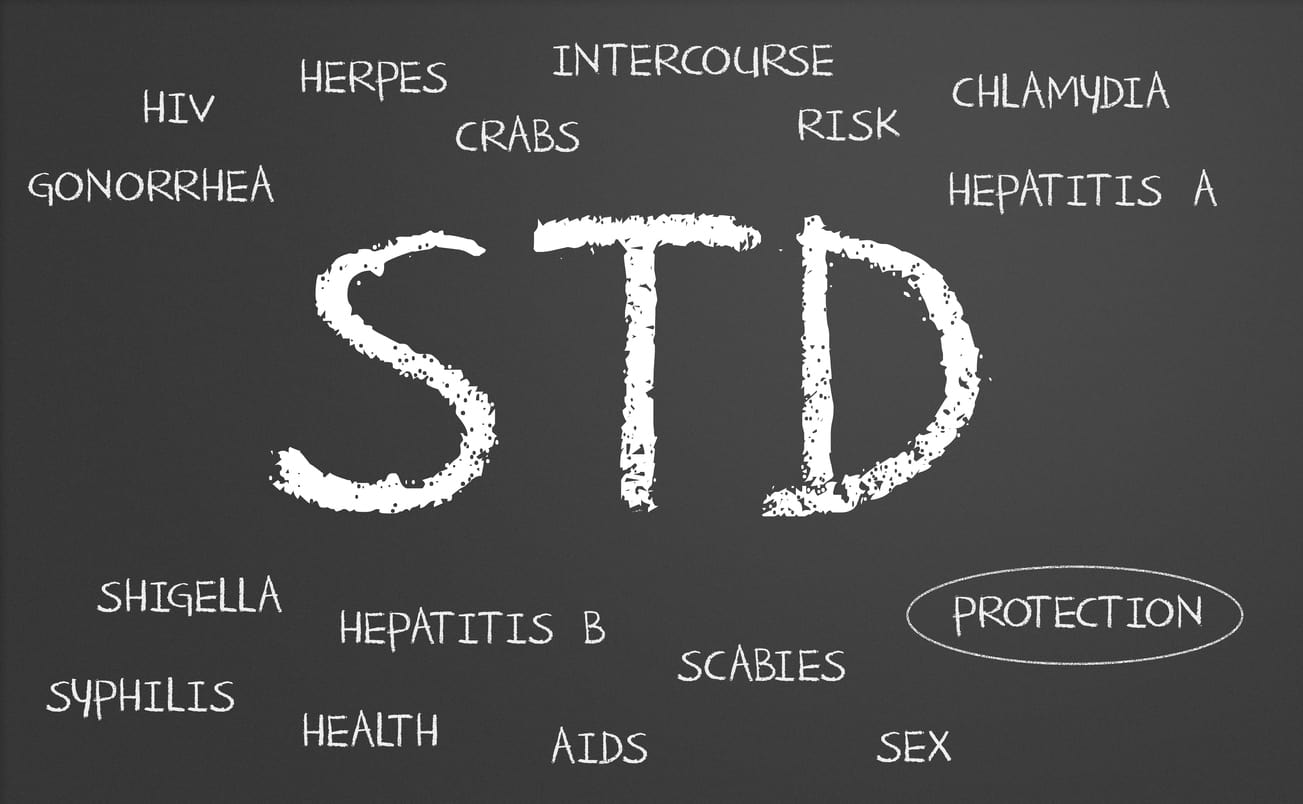Sexually transmitted disease (STD) testing is a routine part of maintaining sexual health. Various testing methods are available to detect different types of infections. Understanding these methods can provide clarity on what to expect during a screening. Here is an overview of the common types of STD testing, including urine, blood, and swab tests:
Urine Sample Testing
A urine test is a non-invasive method used in STD testing. This type of testing is frequently used for chlamydia and gonorrhea. The process involves collecting a small amount of urine in a sterile container provided by a healthcare professional. For the results to be accurate, it is often recommended to provide the first part of the urine stream, as this portion may contain a higher concentration of bacteria if an infection is present.
After collection, the sample is sent to a laboratory for analysis. Technicians use a technique called Nucleic Acid Amplification Testing (NAAT). This method is highly sensitive and specific, meaning it can accurately detect the genetic material (DNA) of the bacteria that cause these infections. Results from a urine test are typically available within a few days.
Blood Sample Testing
Blood tests are used to screen for a range of STDs that may not be detectable through other methods. These tests are necessary for diagnosing infections like HIV, syphilis, and herpes. A healthcare professional will draw a blood sample, usually from a vein in the arm, using a small needle. The procedure is quick, and any discomfort is minimal and brief. The collected blood is then sent to a laboratory for analysis.
For HIV, blood tests can detect antibodies that the body produces in response to the virus, or they can detect the virus itself. Syphilis testing also looks for antibodies produced by the immune system to fight the infection. For herpes, blood tests can identify antibodies to the herpes simplex virus (HSV), which can help determine if a person has been exposed to the virus, even if they have no visible symptoms. Blood tests provide a comprehensive way to check for several STDs at once.
Swab Sample Testing
Swab tests involve collecting a sample of cells or fluid from a specific area of the body. This method is used to test for a variety of STDs, including herpes, human papillomavirus (HPV), chlamydia, and gonorrhea. The procedure depends on the area being tested. A healthcare provider may take a swab from the cervix, urethra, anus, or throat. For individuals with visible sores or blisters, a sample may be taken directly from the lesion to test for herpes.
The sample is collected by gently rubbing a sterile cotton swab over the affected area. The swab is then placed in a collection tube and sent to a lab for analysis. Like urine tests, swab samples for chlamydia and gonorrhea are often analyzed using NAAT to detect bacterial DNA. For HPV, a cervical swab, often collected during a Pap test, is used to check for high-risk strains of the virus that can lead to cervical cancer. Swab tests are very practical for diagnosing infections in specific locations and are a standard part of a thorough STD screening.
Get STD Testing
Regular STD testing is a component of responsible sexual health practices. Urine, blood, and swab tests are the primary methods used to detect a wide range of infections. Each test is designed to identify specific pathogens, and a healthcare provider can recommend the appropriate tests based on an individual’s sexual history and any symptoms they may be experiencing. Being aware of these different testing methods enables individuals to be better informed about the screening process. If you’re interested in getting tested, consult with a qualified medical professional.









Leave a Reply